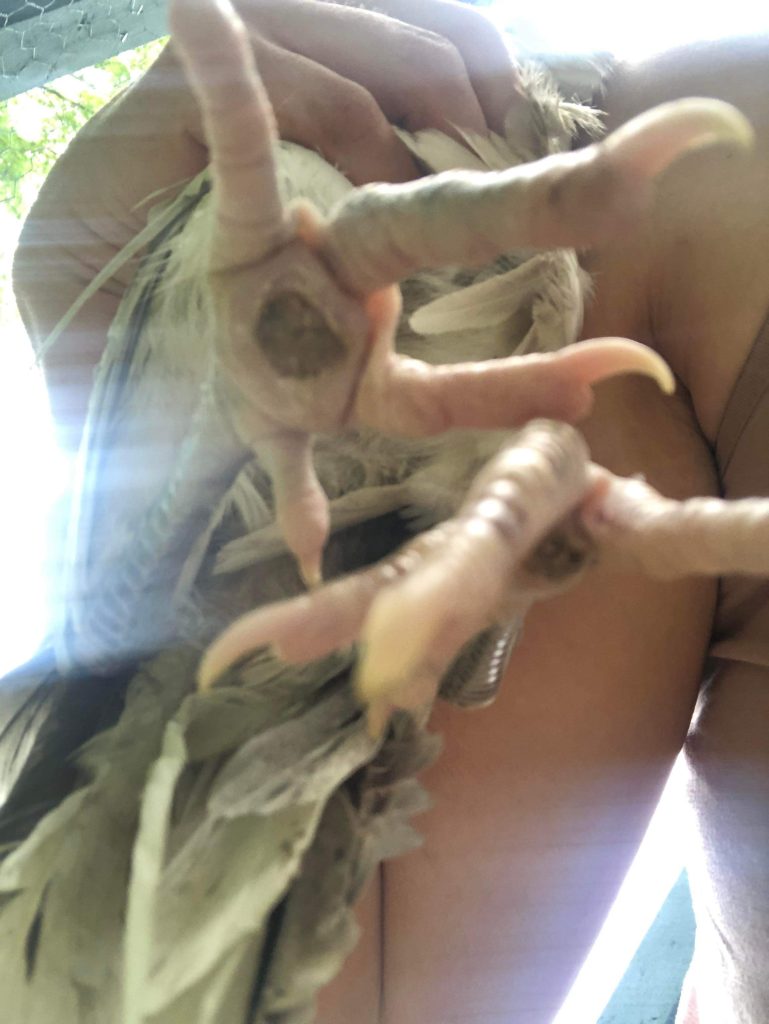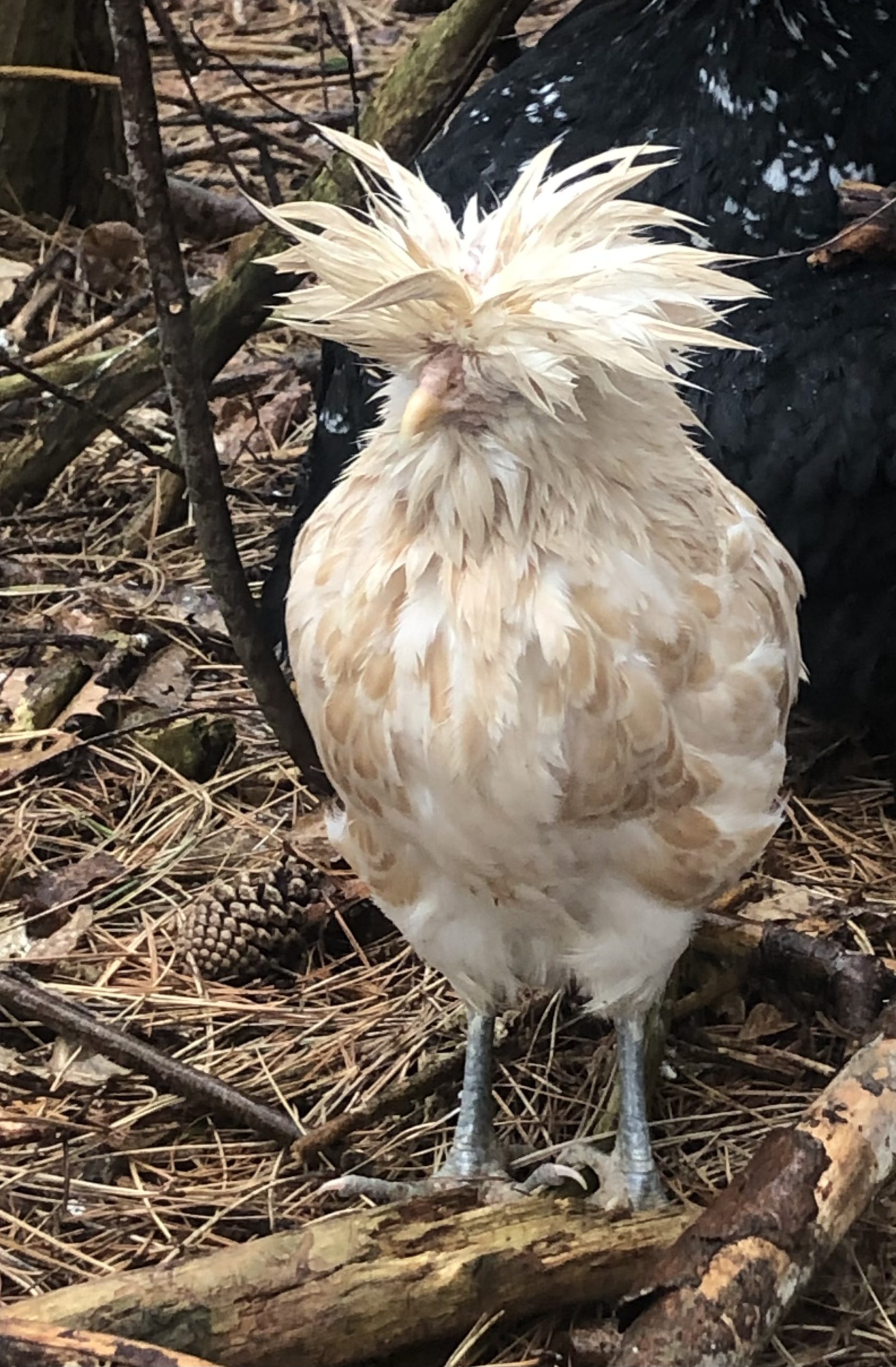If you join any chicken related social media, you’ll soon notice that the term “bumblefoot” is often brought up. Bumblefoot is a fairly common chicken ailment that is easily treatable if you catch it early enough. It is generally contracted when a chicken gets a cut or scratch on their foot and bacteria (usually staphylococcus) infect the wound.

As the infection develops, a ‘kernel’ of pus will form. It’s important to note that chicken pus is solid as opposed to the liquid form that humans have.
If left untreated, the infection will continue to grow and can potentially spread to the blood or bones, which would in all likelihood prove fatal.
Since chickens will often hide health issues as a defense mechanism until they are very severe, regularly checking your flock for any illnesses or injuries is an important part of chicken husbandry.
To treat bumblefoot:
- Start by putting on disposable protective gloves, staph infections are extremely contagious and could enter through small cuts or cracks in your skin and cause a serious infection.
- Prepare a warm Epsom salt soak for your chicken’s feet. If you do not have Epsom salts, just use warm water. Some people prefer to prepare a soak in a Rubbermaid tote with a hole cut in the top for the chicken’s head to poke out so they can leave their feet to soak without having to hold the chicken in place. I just use our utility sink and opt to hold on to them.
- Soak the chicken’s feet for about 10 minutes, then pat dry.
- If there is no kernel present, just wipe with betadine or spray Vetricyn.
- If there is a kernel, you will need to remove it completely. If any pieces are left, it will regrow. This removal will likely require more than 1 person – someone to hold the chicken wrapped in a towel and gently cover the chicken’s eyes, and the other person will remove the kernel.
- Use a dedicated pair of tweezers to gently work the scab off to reach the kernel, then carefully remove the kernel. This can be painful for the chicken so it’s important to work as quickly and gently as possible.
- Once the kernel is removed, apply triple antibiotic ointment (without numbing/pain control – those are toxic to chickens!), then place gauze over the wound and wrap the foot with vet wrap. Avoid using red or pink vet wrap, as chickens will target anything that looks like blood or a wound and they could end up getting pecked by the other chickens if you do not have a way to isolate them in a dog crate.
- The wound should be cleaned and re-dressed with fresh dressings 2-3 times per day until it is healed.
To help prevent bumblefoot, check the coop and run for any sharp things such as wires, broken food or water containers, or sharp stones and remove them. Your weekly checks on each chicken will help you to catch any potential injury as early as possible.

